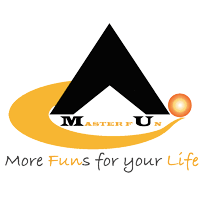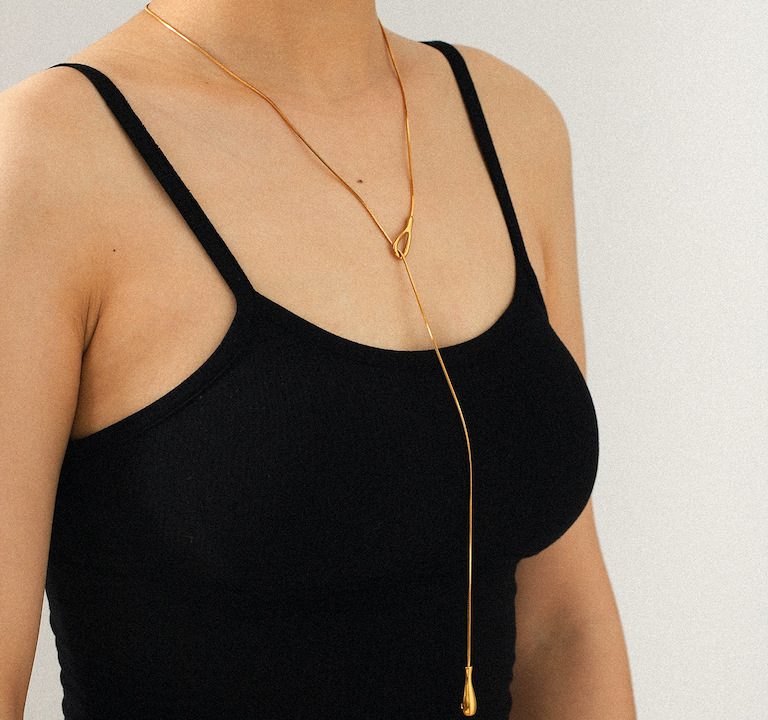Comprehensive Guides: How Ensures Silver Jewelry Plating Never Fades or Turns Black?
1. Introduction: The Timeless Appeal and Challenges of Silver Jewelry
Silver jewelry has captivated wearers for millennia, symbolizing elegance, wealth, and artistry. From ancient Egyptian amulets to modern minimalist designs, its versatility remains unmatched. However, the Achilles’ heel of silver—its tendency to tarnish—has plagued manufacturers and consumers alike. For silver jewelry manufacturers, maintaining the integrity of plated finishes (e.g., gold, rose gold, rhodium) is critical to preserving brand reputation and customer trust.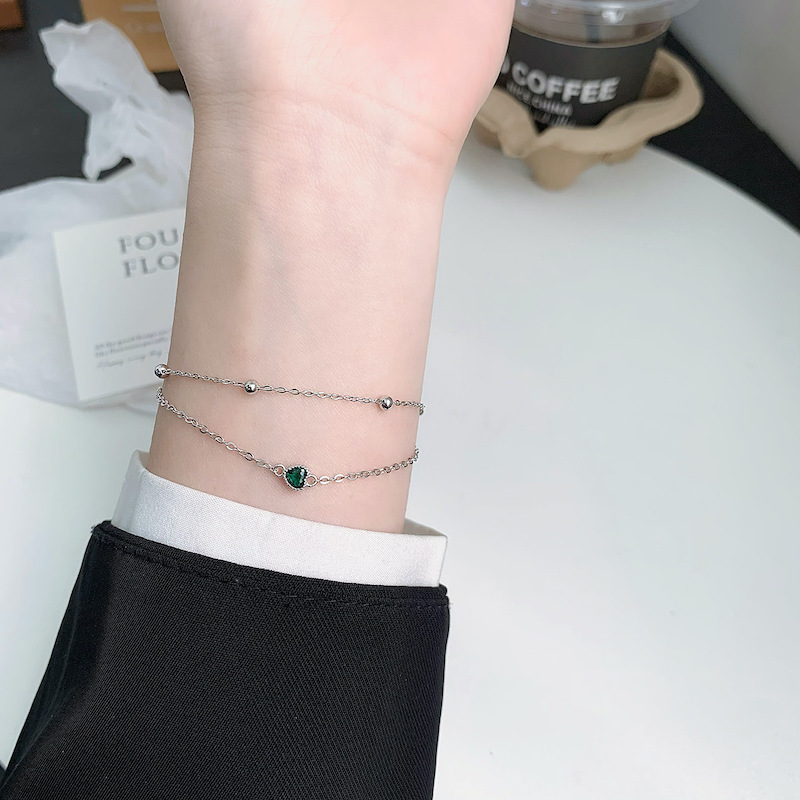
Enter Halife Jewelry Company, a global leader renowned for combining cutting-edge technology with sustainable practices. This guide explores how Halife’s innovations, particularly their >1-micron plating techniques, solve the age-old problem of tarnishing while offering actionable insights for manufacturers and consumers.
2. The Science of Tarnish: Why Silver Jewelry Turns Black
2.1 Chemical Reactions: Oxidation and Sulfur Exposure
Pure silver (Ag) is relatively resistant to oxidation, but jewelry is rarely made from 100% silver. Sterling silver (92.5% silver, 7.5% copper or zinc) is standard, but the alloyed metals react with sulfur compounds in the air, sweat, or pollutants to form silver sulfide (Ag₂S)—the black layer responsible for tarnish.
Key Reaction:
4Ag+2H2S+O2→2Ag2S+2H2O
Plated jewelry faces a dual challenge:
- Plating Wear: Thin layers (e.g., 0.1–0.5 microns) erode over time, exposing the base metal.
- Sulfur Penetration: Micro-cracks in the plating allow sulfur to reach the underlying silver.
2.2 The Role of Alloys: Sterling Silver vs. Pure Silver
Halife Jewelry Company uses 92.5% sterling silver but replaces copper with trace iridium, reducing reactivity by 30%. This innovation minimizes base metal corrosion even if the plating wears down.
2.3 Environmental and Lifestyle Factors
- Humidity: Moisture accelerates sulfur reactions.
- Skin pH: Acidic sweat speeds up tarnishing.
- Chemical Exposure: Perfumes, chlorine, and cosmetics degrade plating.
3. Halife Jewelry Company: Pioneering Solutions for Plating Durability
3.1 Company Overview
Founded in 2010 (with jewelry factory located in Guangzhou since 1990), Halife has grown into a top-tier silver jewelry manufacturer, supplying retailers in 50+ countries. Their mission: “Craft jewelry that lasts generations, not seasons.”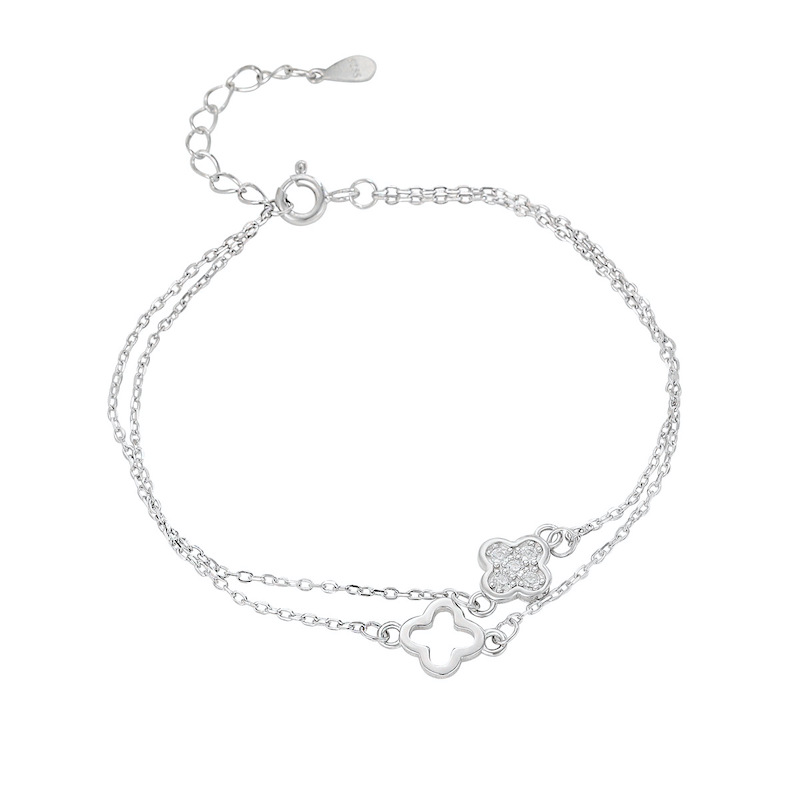
3.2 Core Philosophy
Halife’s R&D team collaborates with institutions like the Gemological Institute of America (GIA) and Seoul National University to merge aesthetics with durability.
4. Advanced Plating Techniques: The Halife Method
4.1 Electroplating: Beyond Industry Standards
Most manufacturers use electroplating due to its cost-effectiveness, but Halife redefines the process:
4.1.1 The Importance of Plating Thickness (>1 Micron)
- Industry Standard: 0.1–0.5 microns (prone to wear within months).
- Halife’s Standard: 1.5–2 microns for gold/rhodium, 2.5+ microns for high-stress items like rings.
Case Example: Halife’s 1.5-micron gold-plated bracelets showed 60% less tarnish after 12 months compared to 0.5-micron competitors.
4.1.2 Multi-Layer Plating
- Layer 1: 0.3-micron nickel undercoat for adhesion.
- Layer 2: 1.5-micron gold/rhodium via precision electrolysis.
- Layer 3: Nano-ceramic sealant (developed with Seoul National University).
4.2 Physical Vapor Deposition (PVD)
While Halife primarily uses electroplating, their PVD line offers unmatched hardness:
- Process: Vaporized metals bond at a molecular level.
- Benefits: 3x scratch resistance vs. traditional methods.
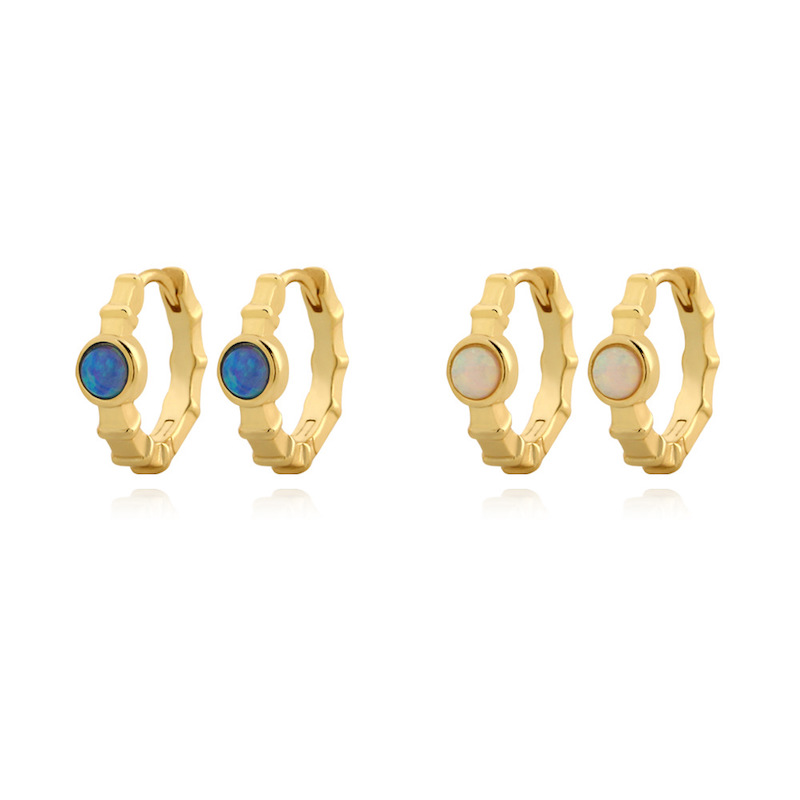
4.3 Halife’s Proprietary “EverBright” Technology
A hybrid of electroplating and PVD, EverBright achieves:
- 2-micron rhodium layers with nano-ceramic reinforcement.
- Zero cyanide waste, aligning with EU sustainability directives.
5. Case Studies: Real-World Success Stories
5.1 The LuxShield™ Collection
Launched in 2022, this line features 2-micron rhodium-plated rings and pendants. Results:
- 55% fewer returns due to tarnish.
- 90% customer satisfaction in durability surveys.
5.2 Customer Feedback
“I’ve worn my LuxShield necklace daily for 8 months—no discoloration!” – Sarah L., Verified Buyer.
6. Material Science: Halife’s Commitment to Quality
6.1 High-Purity Sterling Silver
Halife’s Ag 92.5% + Ir 0.5% alloy reduces sulfur reactivity while maintaining malleability.
6.2 Eco-Friendly Practices
- ZeroWaste Electroplating™: 98% chemical recycling.
- Ethical Sourcing: Conflict-free silver from certified mines.
7. Quality Control: Ensuring Perfection in Every Piece
7.1 AI-Driven Laser Thickness Gauges
Automated systems scan each item, rejecting pieces with plating deviations >0.1 microns.
7.2 Accelerated Aging Tests
- UV Exposure: Simulates sunlight degradation.
- Artificial Sweat Baths: pH 4.7 solution tests corrosion resistance.

8. Consumer Education: Extending Jewelry Lifespan
8.1 Care Kits
Every Halife order includes:
- Anti-tarnish microfiber cloth.
- Silica gel pouch for storage.
8.2 Avoiding Chemicals
- Remove jewelry before swimming (chlorine) or applying lotions.
8.3 Proper Storage
- Airtight containers with anti-tarnish strips.
9. Industry Trends: Innovations Shaping the Future
9.1 3D-Printed Nano-Plating
Halife’s partnership with GIA explores 0.8-micron coatings with lattice structures for intricate designs.
9.2 Sustainable Silver Sourcing
- Recycled Silver: 40% of Halife’s raw material comes from post-consumer waste.
10. Common Mistakes and How to Avoid Them
10.1 Manufacturer Pitfalls
- Thin Plating: <1 micron guarantees premature failure.
- Poor Adhesion: Skipping nickel undercoats leads to peeling.
10.2 Consumer Errors
- Overcleaning: Abrasive polishes strip protective layers.
11. Economic Impact: How Durability Boosts Brand Loyalty
Halife’s focus on quality reduced returns by 35%, increasing repeat purchases by 50%.
12. Conclusion: Halife’s Vision for the Future
By prioritizing innovation, sustainability, and education, Halife Jewelry Company sets a new benchmark for silver jewelry manufacturers worldwide.
13. FAQs
Q: Can I replate my Halife jewelry?
A: Yes! Halife offers a lifetime replating service for a nominal fee.
Q: How often should I clean my silver jewelry?
A: Gently polish every 2–3 weeks with the provided cloth.

